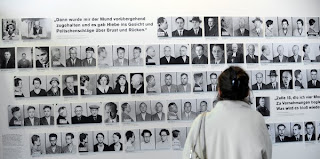
Today, Chancellor Angela Merkel's cabinet approved Germany's share of the trillion-dollar rescue package for the crisis-stricken European countries. This decision was allegedly reached after President Obama stepped in with words of encouragement for Merkel.
Berlin alone is expected to chip in at least €123 billion ($157 billion) in efforts to alleviate pressure of economically unstable countries in the EU. Germany, as a whole, is expected to throw in much more to the efforts, up to €150 billion.
The New York Times reported that it took a phone call from President Obama to Chancellor Merkel, during which he stressed the importance of this funding to secure the stability of the European Union, to ensure the contribution from Berlin. She faced criticism locally and abroad for her decision, the populist daily Bild screamed on its front page: "Yet again, we are
the idiots of Europe."







